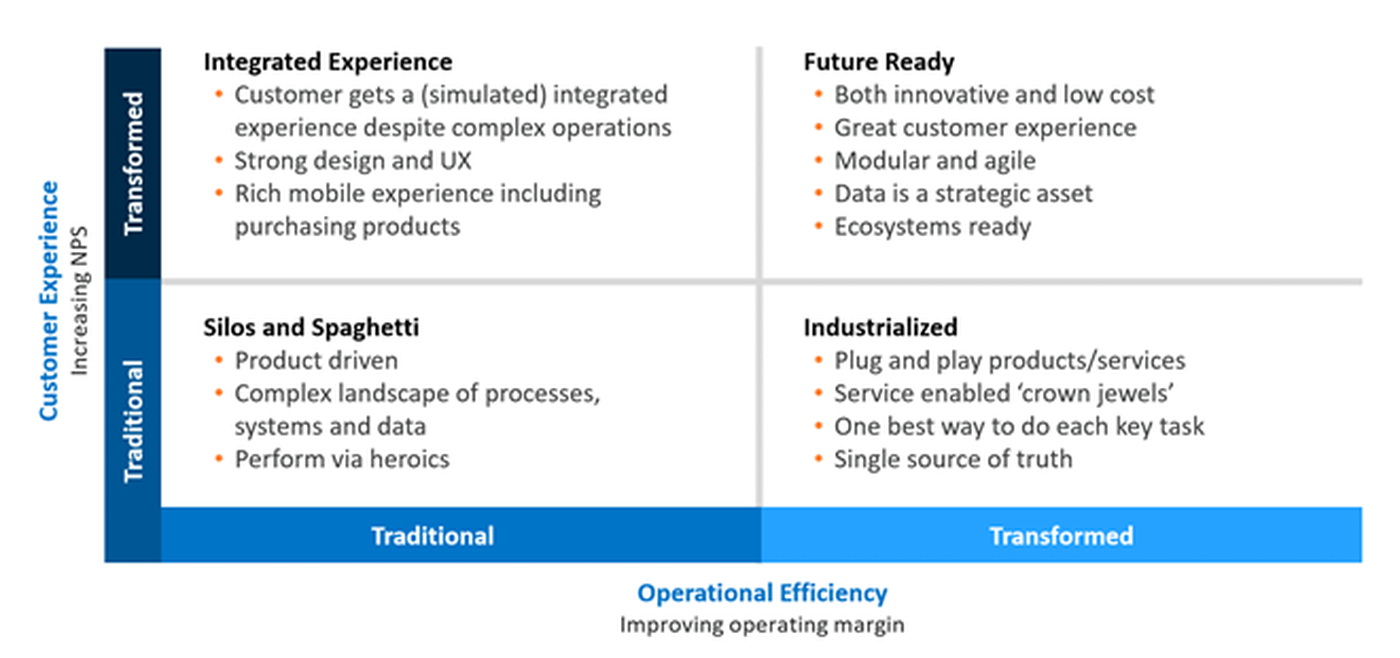Companies are implementing digital transformations and many of them are struggling to succeed. If that describes you, you might benefit from this tip: The most important thing you may know about managing a business is dead wrong.
Strategic planning has been a cornerstone of good business practice almost since business schools started awarding MBAs. In the century since, planning has only become lengthier and more complex, consuming ever more of a company’s resources.
That was fine, perhaps, when the pace of planning could stay ahead of the pace of change. That’s no longer the case. Change is a constant, your competition is capable of materializing anywhere in the world and technologies evolve faster than you can say “industry disruption.”
A plan? No, a playbook
Companies undertaking digital transformation need a strategic direction that includes a goal and an anticipated route to achieve it. But traditional planning isn’t part of the prescription. Instead, planning should be sufficiently high level and fluid to accommodate the unforeseen disruptions that will surely occur along the way. Think of it as more of a playbook than a plan, and one that focuses on the changes that will deliver the biggest returns for the digital-transformation dollar.
We’re big believers in the playbook approach because we’ve seen it make the difference in the digital transformations of our clients. We guided a major North American retailer in the playbook approach, helping it, for example, to prioritize investment in workplace tools that boosted collaboration and productivity. We’ve also used a playbook to steer our own digital transformation. It’s helped us to bring new products and services to market, to hire staff and organize them for success, and to change our culture to increase innovation and agility.
What do you mean by digital transformation?
Among other things, your playbook should address the most basic of questions: what do you mean by “digital transformation”? It’s not as simple as it sounds. Instead of being a purely technological issue, digital transformation goes far beyond IT to encompass the entire organization, including strategic and financial objectives; the business, operating, functional and human capital models; and the abilities to deploy change and adapt to changing external factors.
Adding another layer to the definition of “digital transformation,” researchers at the MIT Center for Information Systems Research (CISR) differentiate between “digitization” and “digital.” Digitization takes paper processes and recreates them electronically, but they’re essentially the same processes in a new format. On the other hand, going digital calls for you to reconsider your processes, redesign them to fully exploit your new platform, and possibly discover entirely new products and services that the digital environment makes possible.
You need predictable and innovative
This distinction between digitization and digital validates an approach we use with clients called “the new economics of IT.” It replaces a company’s traditional one-size-fits-all IT strategy with the combination of predictable and exploratory approaches.

Like the digitization/digital distinction, the new economics of IT is designed to empower companies to be future ready, regardless of what the future holds.
How a company implements the new economics of IT depends on the current state of its environment. Building on research from CISR, we find that companies must transform on two dimensions: customer/employee experience and operational efficiency. The vertical dimension below shows an increasingly sophisticated customer/employee experience; the horizontal axis shows increasingly efficient operational processes. When a company scores high on both dimensions, it’s future ready.

Time to place your bets
Which priorities should you set your priorities on for investment in digital transformation? It depends on which dimension you’re farther behind on, especially in comparison to your competition. Focusing on operational efficiency first may have the greatest impact on net margins; focusing on customer experience first may have a larger impact on revenues. And the more of a transformation a company completes, the greater the financial impact it’s likely to see. CISR finds that companies whose transformations are at least 50% complete have 32% higher net margins and 67% higher revenue growth than companies whose transformations are less than 50% complete.
Dione De Jong-Elsinga leads Avanade’s Advisory practice in Continental Europe. Prior to joining Avanade, Dione was a Partner at KPMG and her 20+ years of career experience also includes roles with KLM Royal Dutch Airlines and Unilever. Read more Avanade blogs here.




